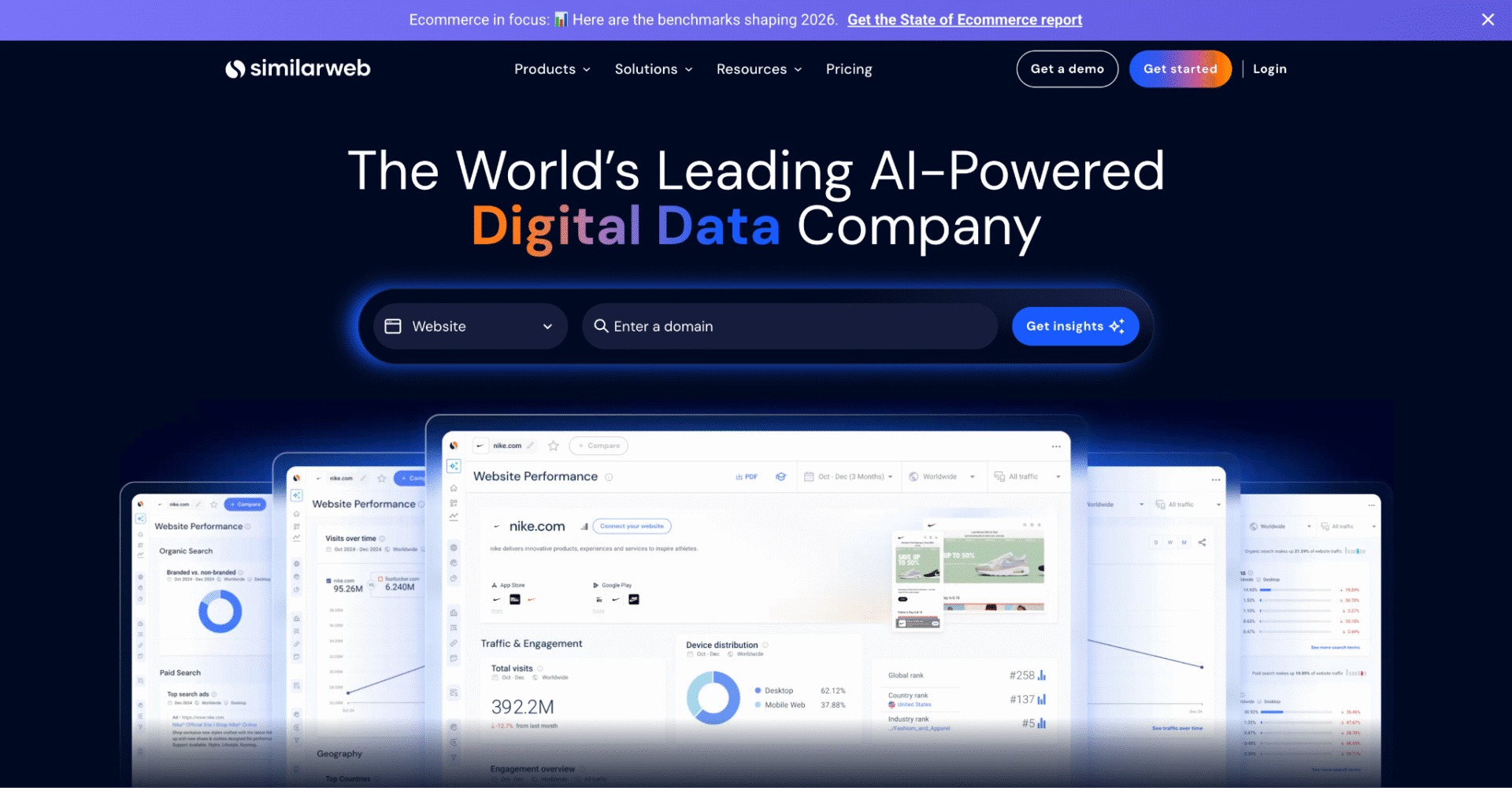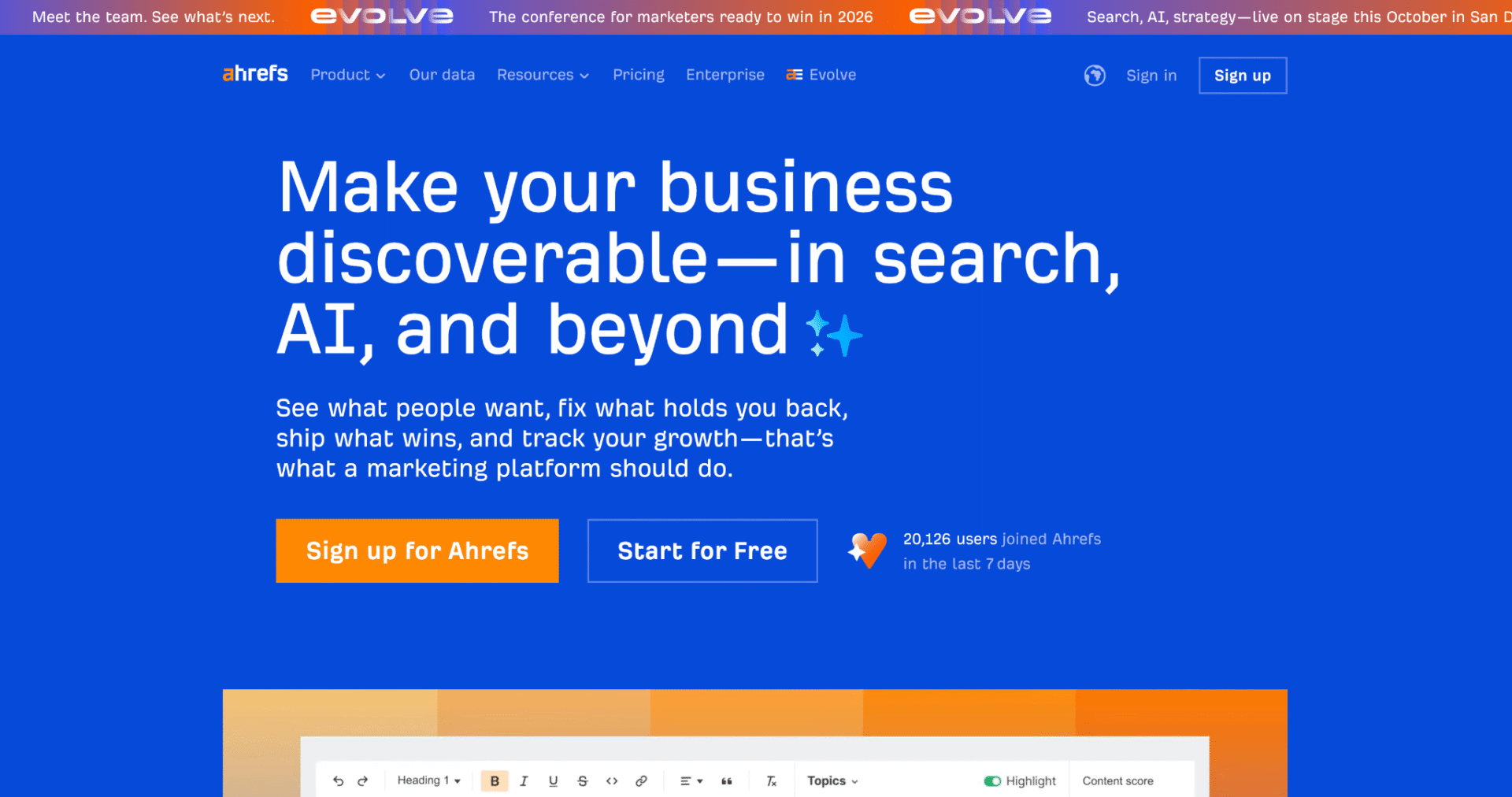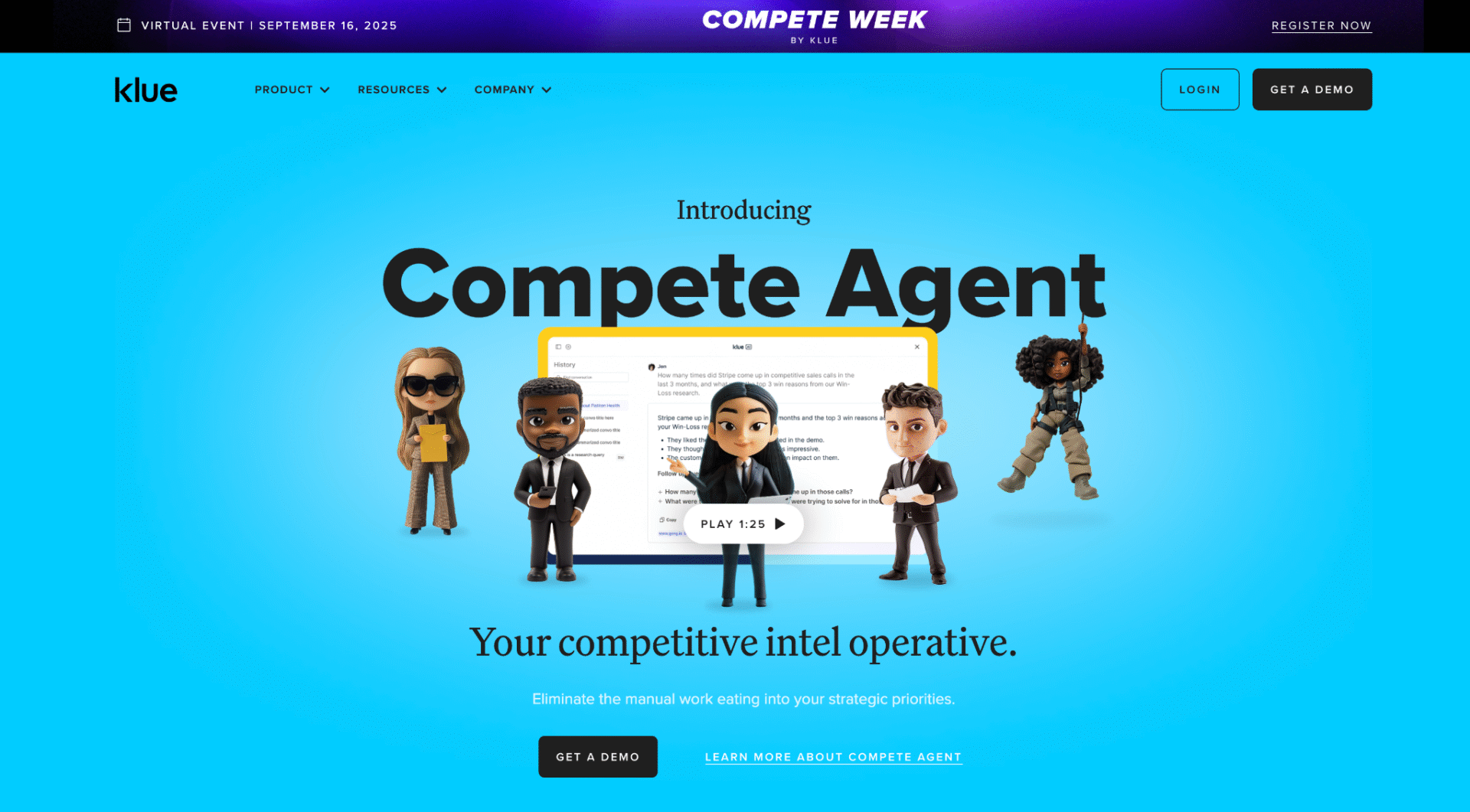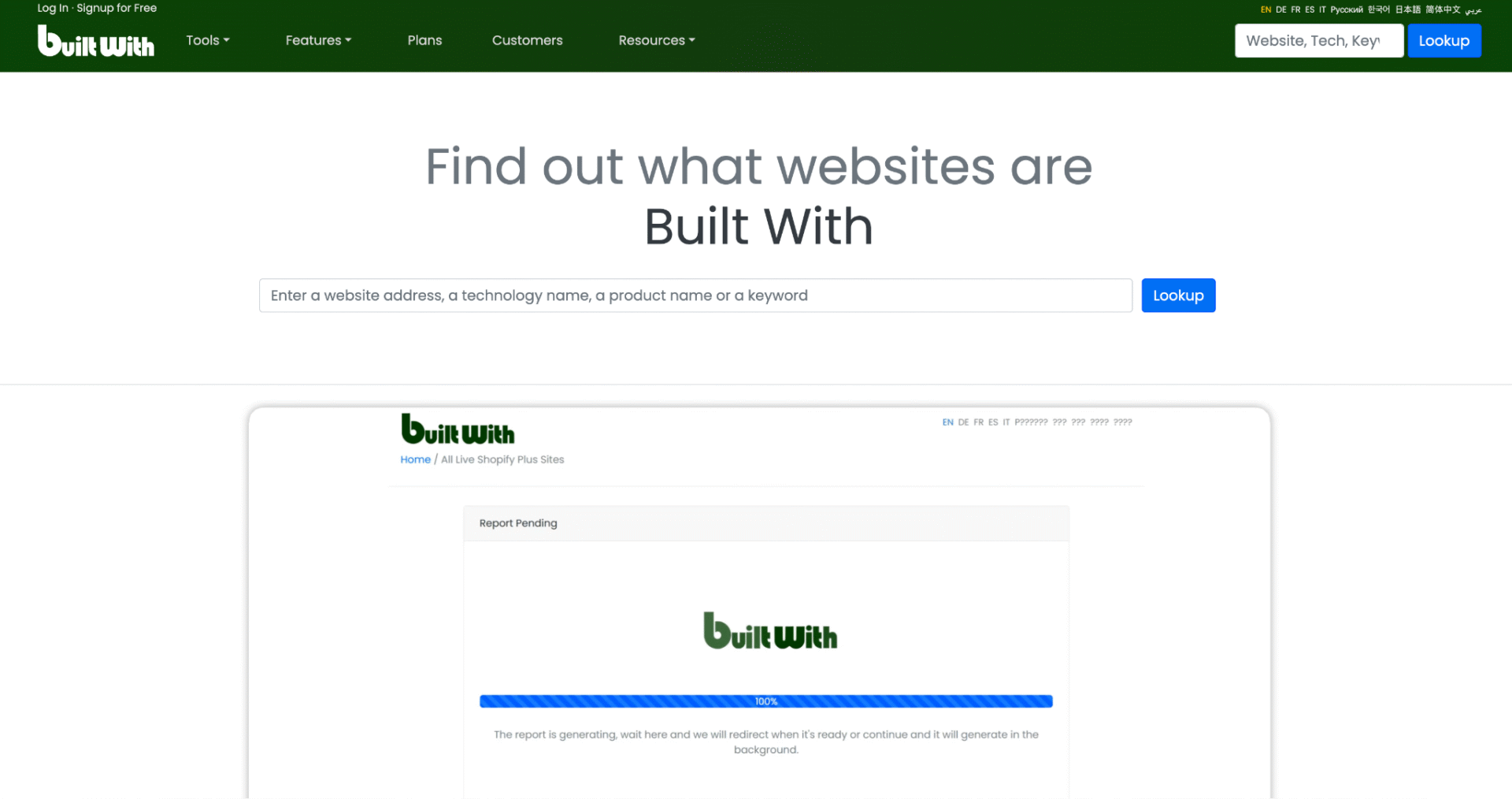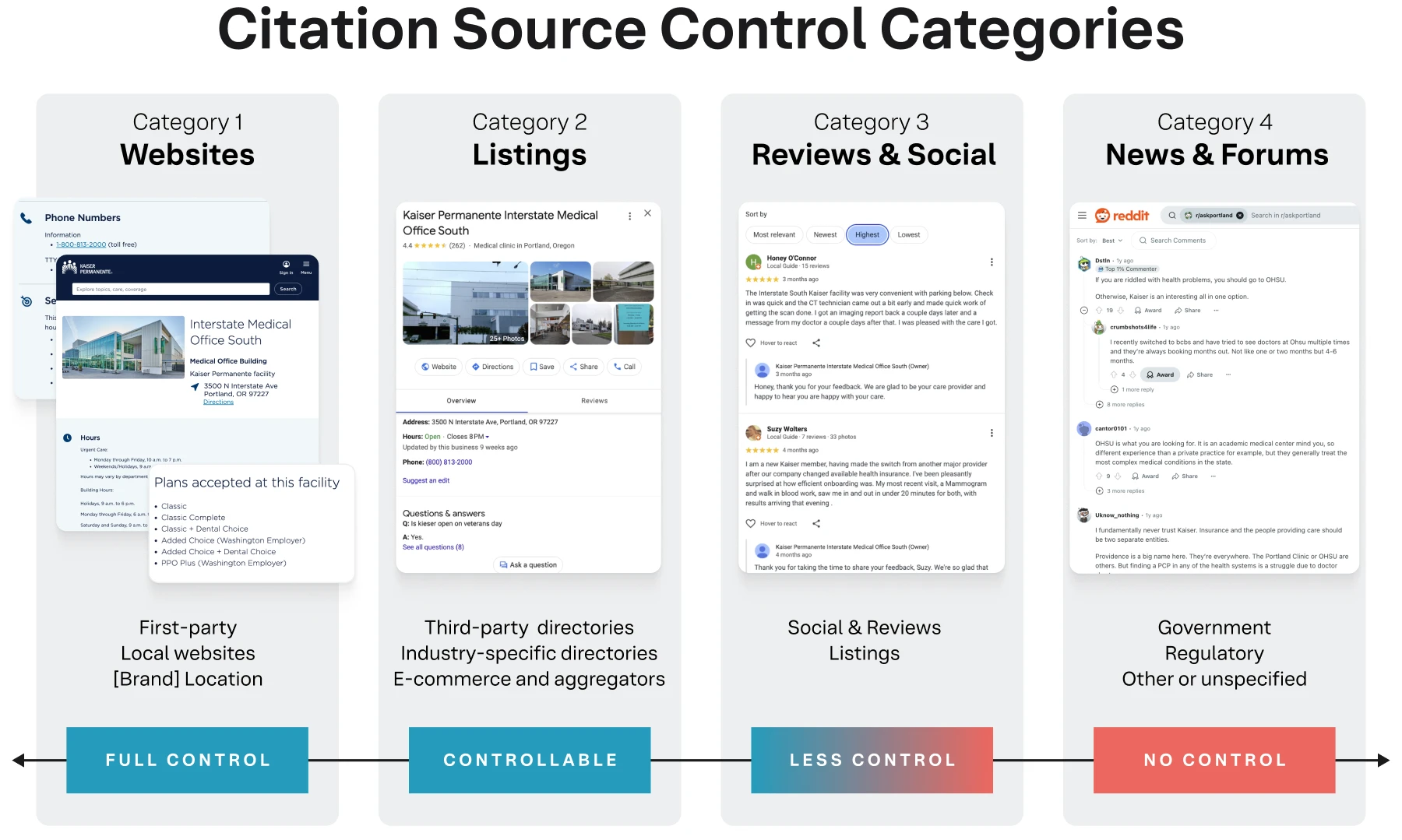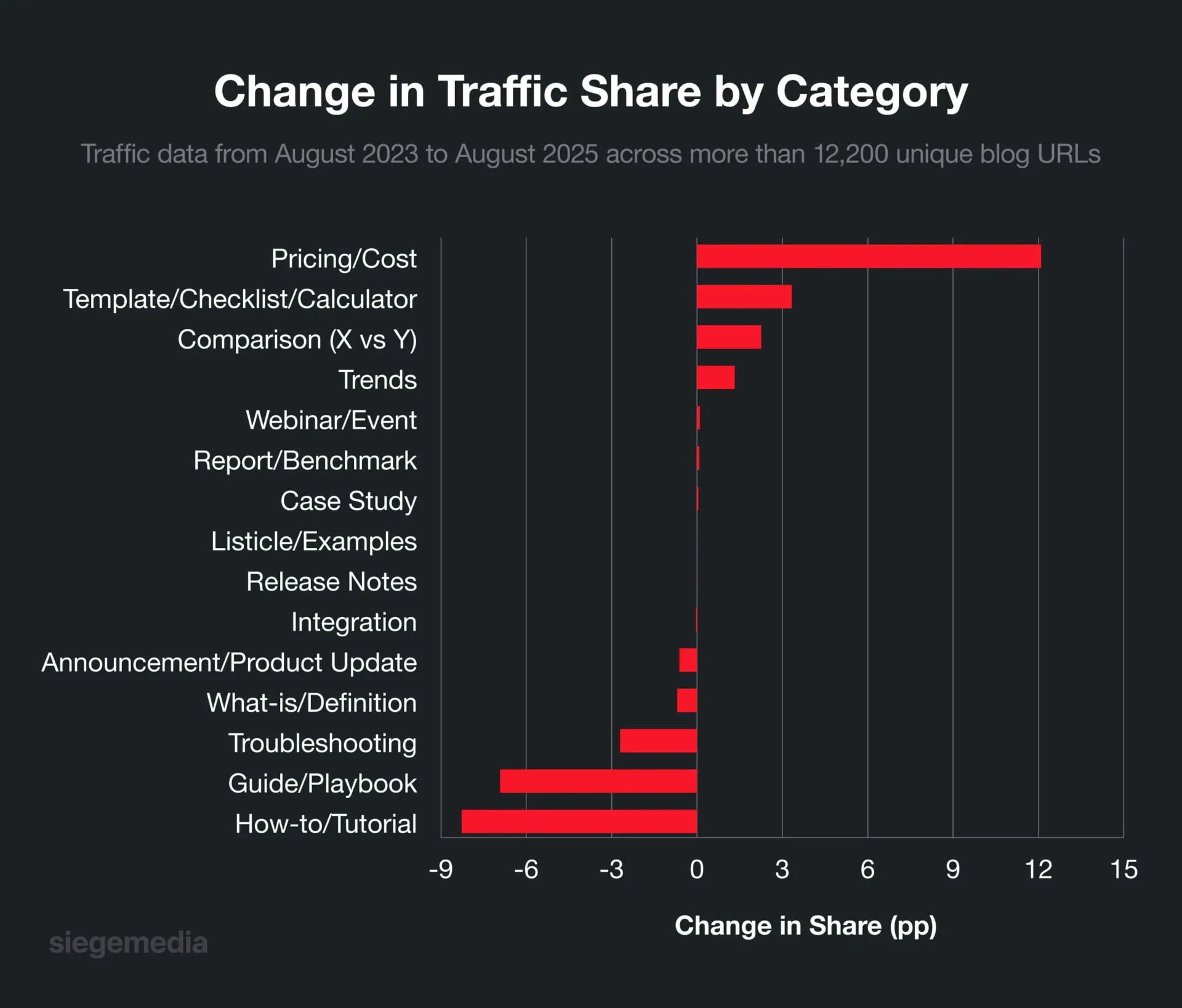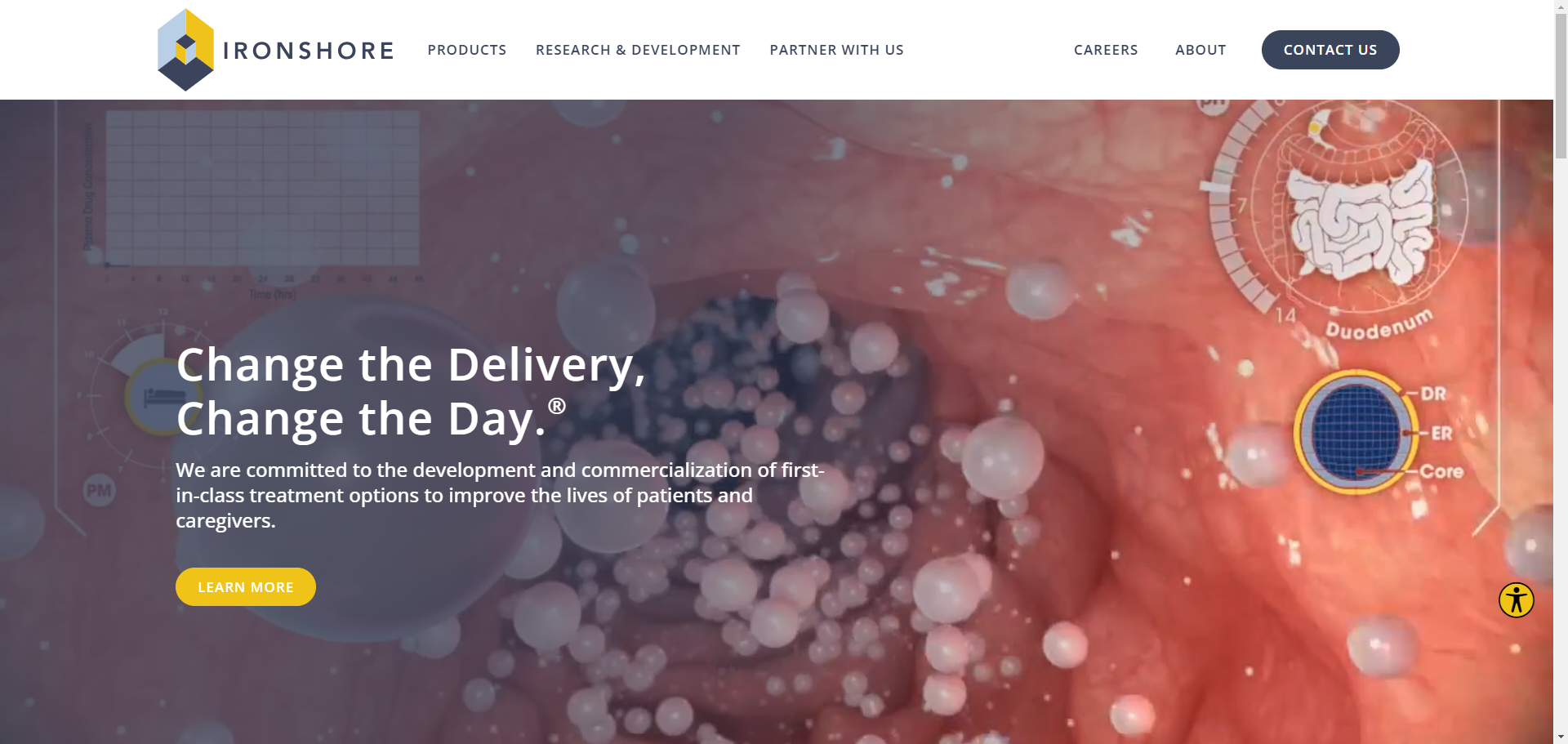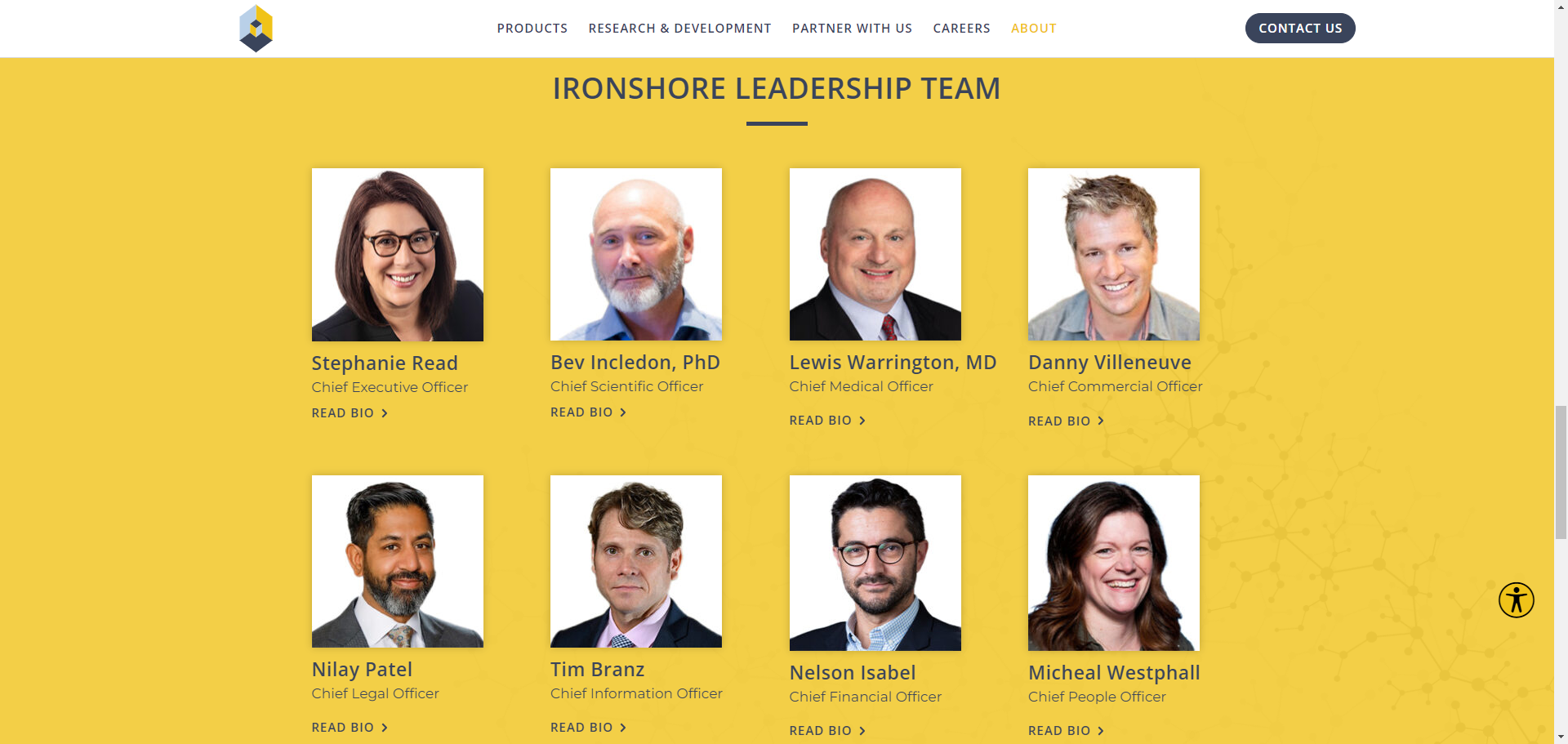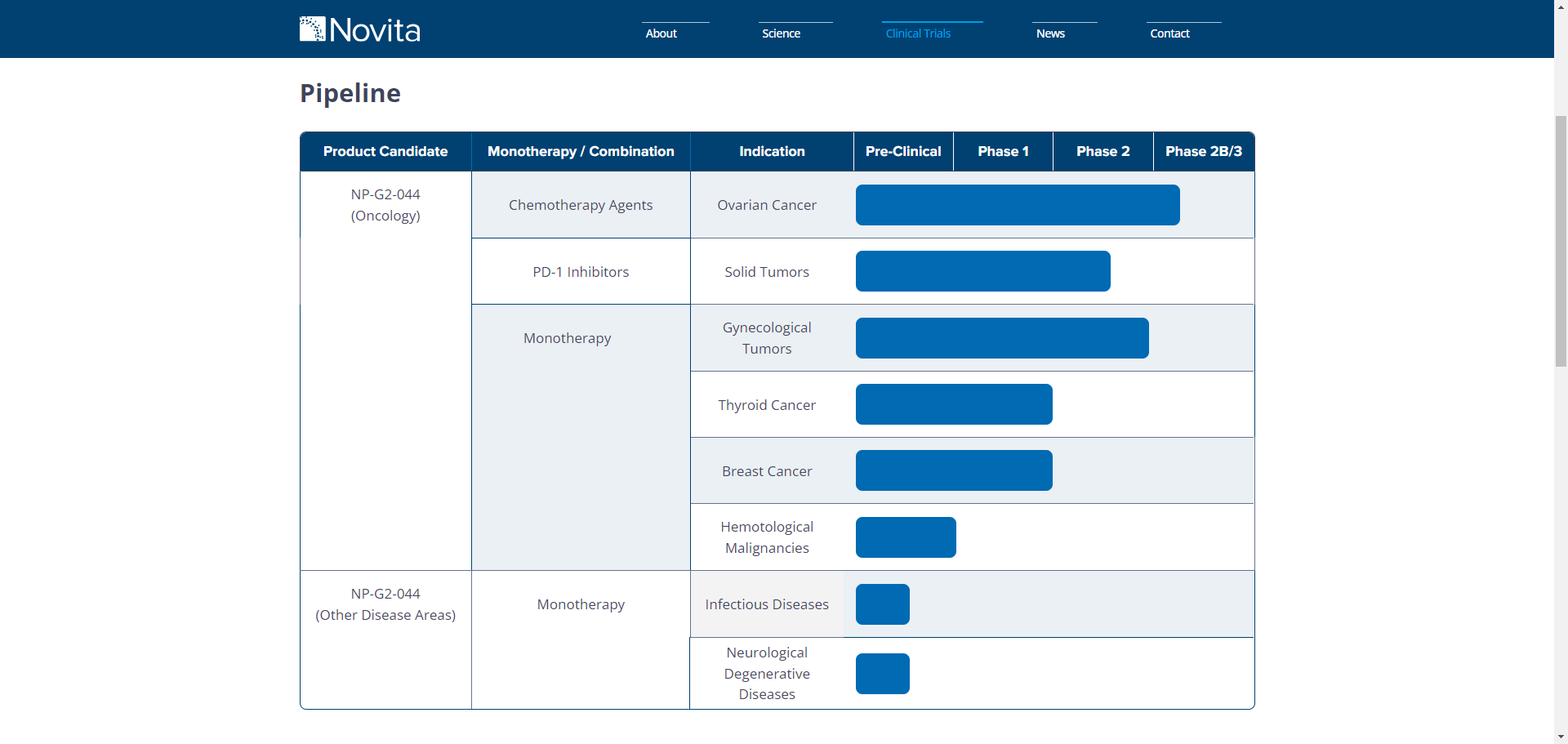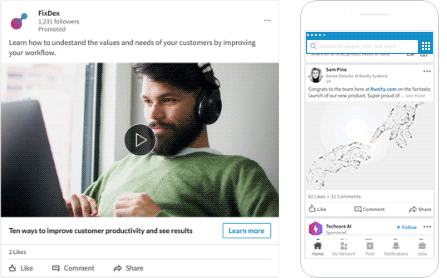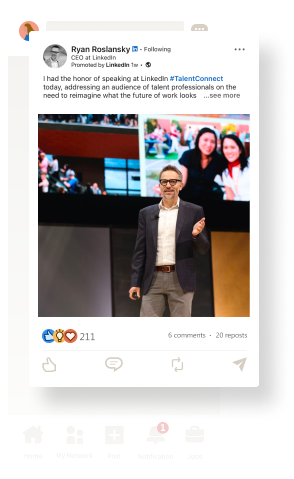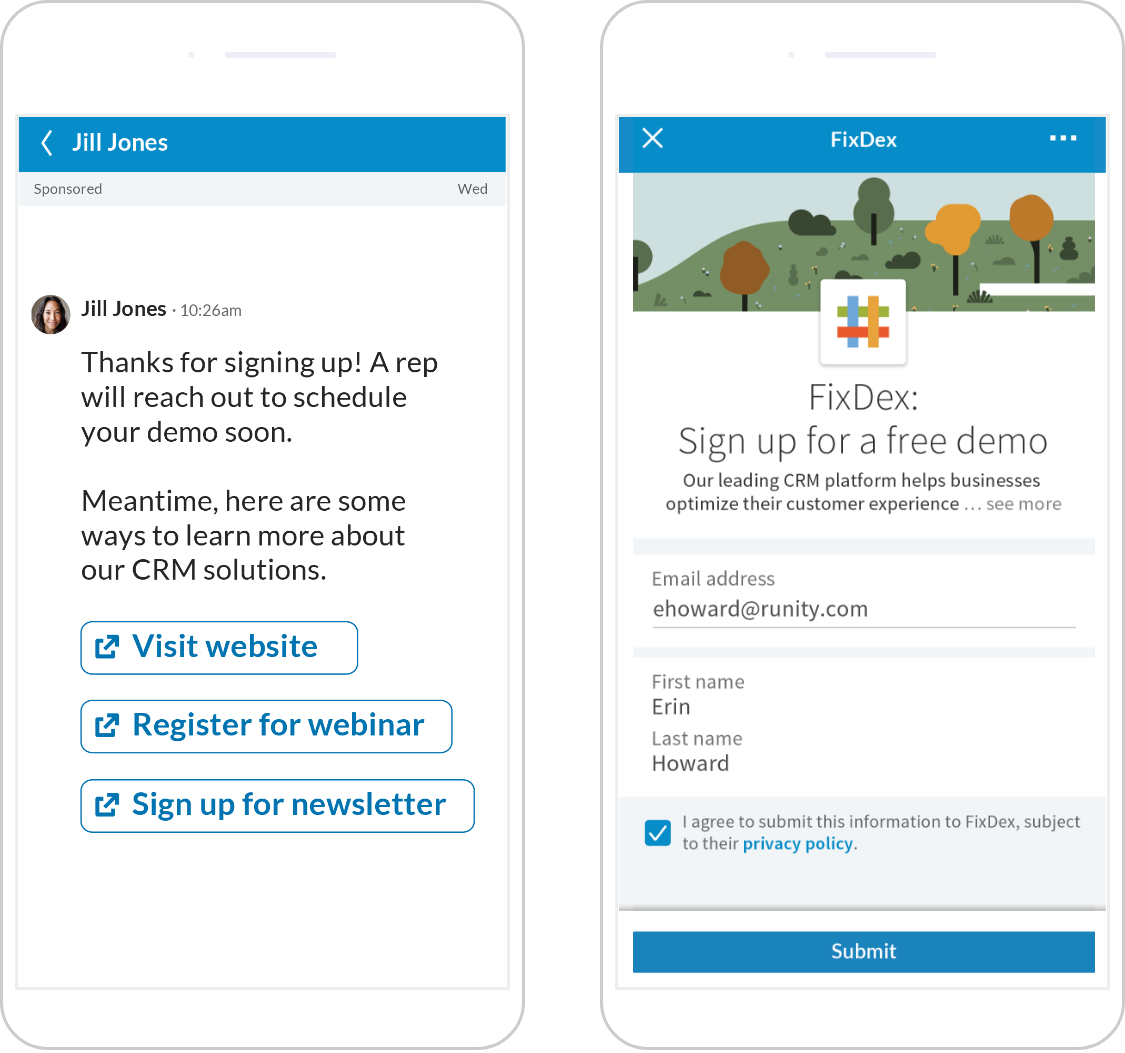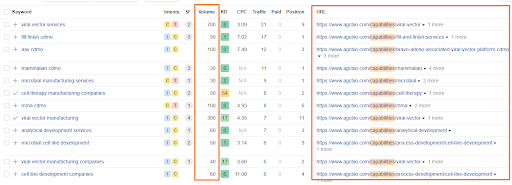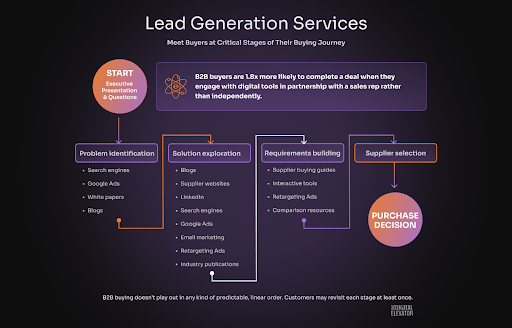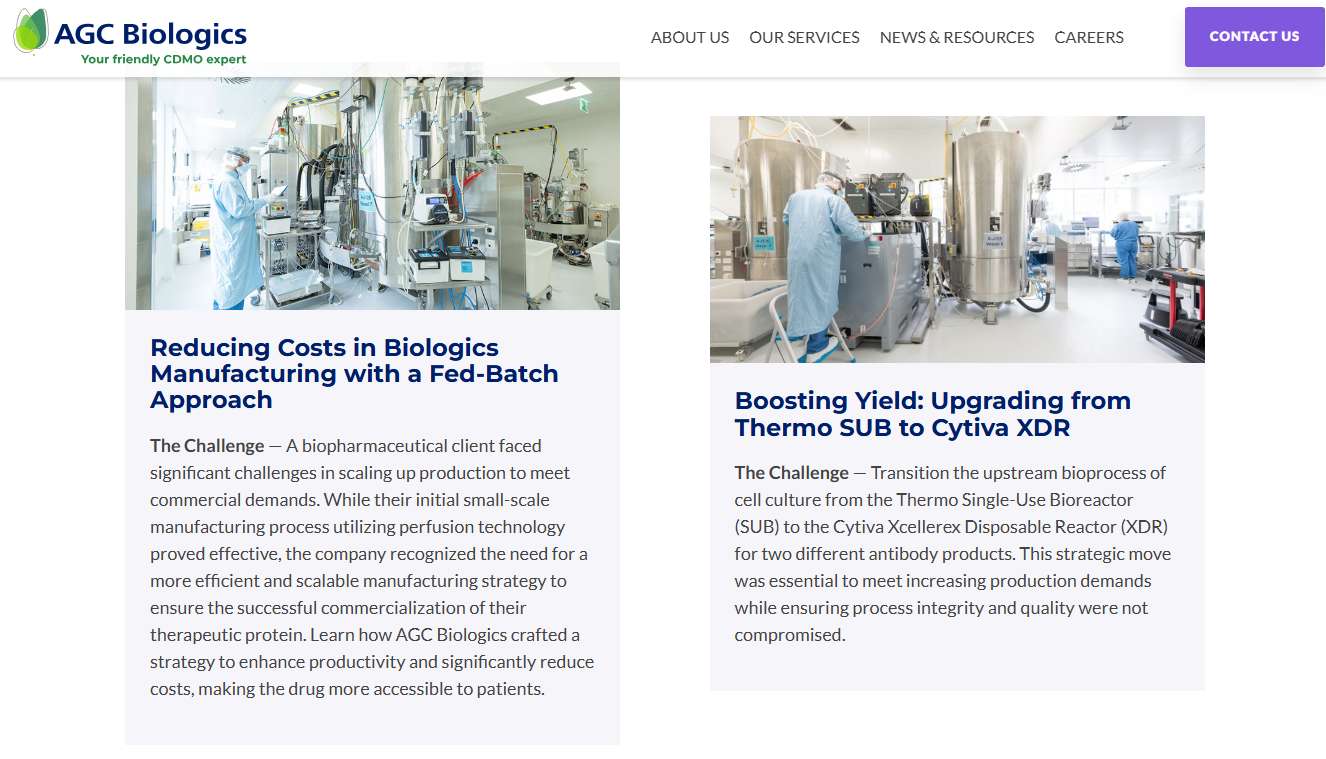Creating and sharing valuable content can help businesses attract and retain clearly-defined audiences. It’s no wonder that as many as 73% of B2B marketers use content marketing as a part of their overall marketing plan.
However, there is a significant cost component to high-quality content. The actual cost depends on the type of content created – with the most popular content being blogs, graphics, and videos – the quality, and the quantity. Whether you are a small business owner or a marketing executive, understanding these costs of the process correctly is crucial for developing effective and sustainable content marketing strategies.
Content Marketing Costs by Company Size
| Small Business | $4,000 to $10,000 a month |
| Medium-sized Business | $10,000 to $40,000 a month |
| Enterprise | $40,000 to $60,000 a month |
In this article, we will explore the various costs associated with B2B content marketing, including content strategy, content creation, and promotion. We will also discuss how you can optimize content marketing costs and maximize your return on investment (ROI).
How much does B2B content marketing cost?
The cost of B2B content marketing can range from a few thousand dollars per month for small businesses to hundreds of thousands of dollars for larger companies. This may include the costs to utilize outside vendors, working with an agency on content marketing, or hiring an in-house content marketing team.
However, these costs can be justified because the ROI on B2B content marketing can be significant. One study found that prioritizing content marketing helps companies experience up to 7.8 times higher website traffic than those without an effective content marketing strategy.
Here are a few more compelling statistics to reinforce the point that content marketing remains the primary vehicle for increasing marketing ROI:
- 71% of B2B buyers read up on blogs and other marketing content before making a purchase.
- Content marketing costs up to 62% less than traditional marketing techniques while resulting in thrice as many leads.
- 82% of consumers report having positive feelings about a brand after reading customized marketing content.
- A July 2022 Statista survey found 50% of B2B businesses planning to increase spending on content marketing over the next 12 months.
In other words, the cost of content marketing is more than justified by its benefits.
When it comes to the actual nitty-gritty, B2B content marketing costs depend on several factors, including the type of content being created and the level of promotion and distribution required. The recent Content Marketing Trends & Insights report compiled by Siege Media and Clearscope gives us a fair understanding of content marketing costs in 2023.
Here are some of the report’s findings:
- The vast majority of content creators (over 44% ) surveyed reported spending less than $500 on a piece of content. Another 29% spent between $500 and $1,000 for the same purpose, while almost 16% spent between $1,000 and $2,000. A tiny minority (3.8%) spent over $4,000 on a single piece of content.
- Most of those surveyed (48%) had up to $5,000 earmarked in content marketing budget per month. Around 24% spent between $5,000 and $15,000, while 12% spent between $15,000 to $25,000. Just over 7% of respondents reported having a budget over $45,000 per month for content creation.
- Another major insight of the report was about content outsourcing. 35% of those surveyed outsourced up to a quarter of their content requirement, while about 15% outsourced between a quarter and a half. Likewise, around 10% of respondents depended on third-party providers for 75% to 100% of their content. Only 30% said they managed all their content in-house.
Cost of blogs, custom graphics, and videos
The cost of content is actually a misnomer when you consider that businesses don’t shell out money for the content per se, but rather the results they help accomplish. As a result, these costs may vary widely depending on the level of experience and competence that goes into each piece of content.
Let’s drill down into the costs of three content types that are fundamental to content marketing.
What Do Blogs Cost?
It is important to recognize that there are really four different tiers of blog costs (these can fluctuate based on length and technicality so these are general figures of an average 1,000 word post):
| Blogs written by a blog writing service | $40 to $100 each |
| Blogs written by a freelance writer | $100 to $400 each |
| Blogs optimized for SEO (agency) | $400 to $800 each |
| Blogs optimized for SEO with editors (agency) | $800 to $1,500 each |
If you seek a subject matter expert for the freelance or agency tiers, expect to add an additional 10 to 20% to the cost.
According to SiegeMedia, an outcome-driven blog post can cost anywhere between $1,500 to $6,000 on average. These costs are readily offset when the post generates, let’s say, upwards of $2,000 per month.
Note that these costs don’t include design or development costs.
What does custom graphic design cost?
The element that often adds the most value to a blog is a customized graphic or infographic. A good infographic combines equal measures of research and design to give consumers quick and easy-to-relate insights into the topic of a blog post.
Graphics can be simple visual representations of data such as the above Dental Implant Place comparison graphic that is used to accompany traditional written text, or more visually-stunning infographics. An example like the above can be anywhere from $100 to $400, depending on the complexity of the data visualization and whether you use a freelancer or agency.
A well-designed, well-researched infographic can take a few days to create and easily cost between $3,000 to $4,000. An animated infographic, on the other hand, can take a lot longer to create and also cost substantially more – in the neighborhood of $7,000.
Videos
The cost of video production can vary widely depending on the complexity of the shoot. The average ballpark cost is $3,500 per minute of video, or $7,000 for a two-minute video.
However, this price range is indicative only since each video comes with its own challenges in terms of the shoot, casting, videography, and script. Moreover, videos that require fresh footage can cost significantly higher than those that can be accomplished with stock footage. A one-off video done from scratch can reasonably set you back by $6,000 to $8,000.
How much do different elements of content marketing cost?
Let’s now break down the overall content marketing cost into its components, assuming either agency costs or in-house costs.
| Content strategy costs | $4,000 to $20,000 per project |
| Content creation costs | $5,000 to $15,000 per month |
| Content distribution costs | $4,000 to $20,000 per post |
They include:
Content strategy costs
- $4,000 to $20,000 for a project with an agency
- in-house content strategists draw an average salary of over $70,470 per year
Content strategy is a critical component of content marketing and plays an essential role in helping businesses develop and execute successful campaigns. At its core, content strategy involves the creation, planning, and management of content in a way that aligns with a business’s broader marketing objectives. A content strategy, or strategist, performs the following tasks:
- Customer research
- Keyword research
- Competitive analysis
- Audit of current content
- Creating content plan
A content strategist helps businesses develop different types of content that are effective in reaching and engaging audiences.
One of the most effective ways of defining your ideal target audiences is by creating buyer personas. A buyer persona is a fictional personification of your ideal customer. Creating accurate buyer personas can be a game changer for B2B companies that need to target an extremely small cross-section of prospective buyers.
Once you have your buyer personas ready, the next step is to perform keyword research around the topics that best-resonate with your target audience, as well as look at competitor content and audit existing content.
Depending on the complexity of your content strategy, costs can vary from $4,000 to $20,000 for a project, taking into account whether you need a content audit, the size of your website, and the total addressable market in terms of content topics.
In comparison,in-house content strategists draw an average salary of over $70,470 per year. Most brands would likely benefit from an outsourced agency partner unless they were creating 100s of pieces of content a month, but even enterprise brands bring in outside agencies for specialised content marketing strategies.
Content creation costs
- $5,000 to $15,000 per month with full-service agencies
- In-house teams require full time staff of writers, editors, graphic designers, and developers, each making in excess of $50,000 a year (plus taxes and benefits)
Content creation costs can vary widely based on the type of content being produced, the length of content, and the level of expertise required. At the agency level for example, expect an SEO to be involved to ensure content optimization best practices are met (the content being produced has ample search volume, at minimum).
Content can also be classified into several types, including:
- Blog posts
- Graphics
- Photographs
- Social media content
- Video content
Depending on whether you hire an in-house content creator or opt to outsource the work to a freelancer, a 2000-word article can cost anywhere between $100-$2,000. For example, if you use a freelancer marketplace like Fiverr to hire a writer, you can expect to pay anywhere between $220 and $1,800, depending on the experience of the writer. The median pay for full-time writers is over $69,500 per year.
Similarly, the median charge billed by freelance video producers and directors stands at $38 per hour, while the same for photographers is $19. Videographers charged on a per-project basis can charge as much as $3,500 per video minute.
The median hourly pay for freelance graphic designers is just over$24, while a high-quality infographic by an experienced designer can set you back by as much as $3,000-$4,000.
Costs can be even higher if you’re working with a content marketing agency that charges a monthly retainer. The advantage is that agencies typically have a full team of content creators who can handle large volumes of content with ease.
Content optimization costs
Content optimization involves analyzing and improving content to ensure that it is high-quality, relevant, and optimized for search engines and user engagement. Optimization involves conducting keyword research to identify the words and phrases target audiences search for. An SEO expert optimizes content by making changes to its title, meta description, header tags, and other on-page SEO elements to improve its ranking in search engine results.
Content optimization can be addressed at a relatively low cost, both in-house or through freelancers, when you’re dealing with a limited amount of content. Freelancers typically charge over $1,300 per month on average for content optimization.
Larger enterprises with a significant amount of content may need to hire a content marketing agency to handle their content optimization. On average, SEO marketing agencies charge just over $3,200 in monthly retainer fees.
Content distribution costs
- $4,000 to $20,000 per post, depending on competitiveness
Simply creating great content is not enough. Businesses also need to distribute their content to ensure it reaches the right target audience. The strategist also develops a plan for content distribution and promotion.
This might involve leveraging media outreach, link building, social media channels, email marketing campaigns, or other tactics to get content in front of the right people and on the right platforms.
Link building outreach or promotion can be as little as $500 a month for small, dedicated link building services to as much as $15,000 a month for services with substantial media outreach or relationships.
Social media promotion from agencies generally involves a paid promotion component, and these agencies charge $1,500 to $7,000 per month for ongoing promotion (which can often include the post graphics themselves).
How much is a full content marketing campaign?
| Small Business | $4,000 to $10,000 a month |
| Medium-sized Business | $10,000 to $40,000 a month |
| Enterprise | $40,000 to $60,000+ a month |
A full content marketing campaign that includes strategy, content creation, and content distribution varies depending on the scale and competitiveness of the market and overall business goals.
Small businesses going after viable keyword topics can expect to spend $4,000 to $10,000 partnering with full service agencies that provide strategy, graphic design, development and distribution services.
Medium-sized businesses in competitive verticals can expect to pay $10,000 to $40,000 a month on content marketing services to help differentiate their content and get it noticed.
Enterprise content marketing services in highly competitive verticals are up against household brands that have millions of dollars in marketing budgets each year. To stand out in these areas, expect to pay $40,000 to over $60,000 for the creative minds that will help you create, promote and generate a positive ROI from these types of content marketing initiatives.
Elevate your marketing strategy with The Digital Elevator
Wondering how you can elevate your online presence? The answer is simple – with The Digital Elevator! Our team of digital marketing experts offers a variety of services designed to increase your visibility, drive traffic, and generate leads.
Whether you need content marketing strategy, execution, or distribution, our team of SEOs, content writers, graphic designers and developers have got you covered.
Redefine your content marketing experience with The Digital Elevator!



